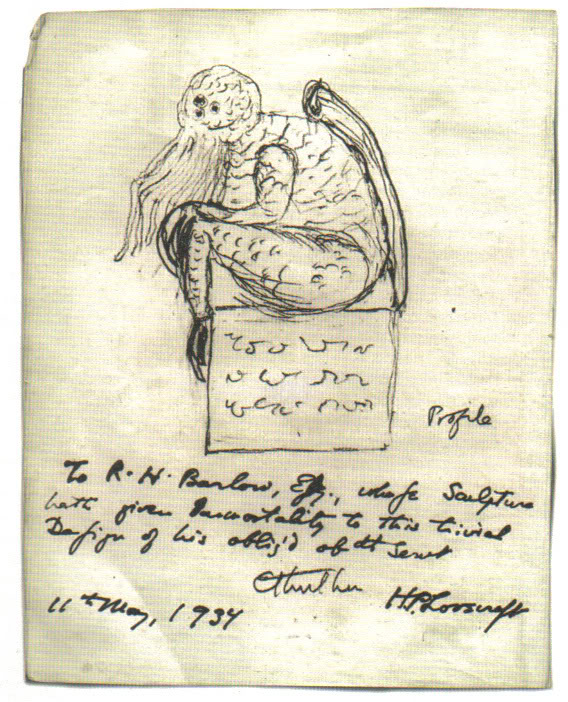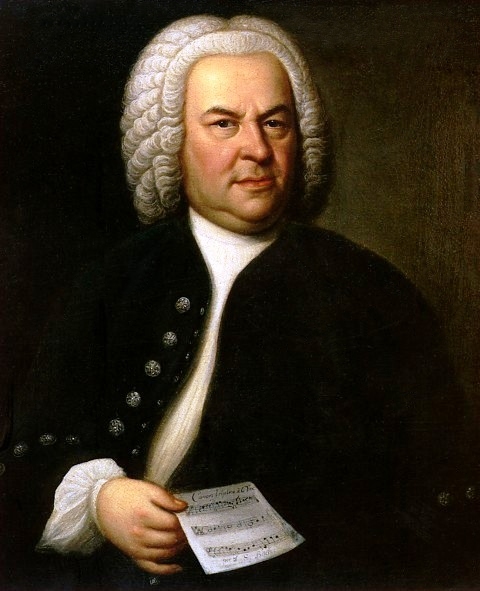For some years now linguist Daniel Everett has challenged the orthodoxy of Noam Chomsky and other linguists who believe in an innate “universal grammar” that governs human language acquisition. A 2007 New Yorker profile described his work with a reclusive Amazonian tribe called the Piraha, among whom Everett found a language “unrelated to any other extant tongue… so confounding to non-natives that” until he arrived in the 70s, “no outsider had succeeded in mastering it.” And yet, for all its extraordinary differences, at least one particular feature of Piraha is shared by humans across the globe—“its speakers can dispense with their vowels and consonants altogether and sing, hum, or whistle conversations.”
In places as far flung as the Brazilian rainforest, mountainous Oaxaca, Mexico, the Canary Islands, and the Black Sea coast of Turkey, we find languages that sound more like the speech of birds than of humans. “Whistled languages,” writes Michelle Nijhuis in a recent New Yorker post, “have been around for centuries. Herodotus described communities in Ethiopia whose residents ‘spoke like bats,’ and reports of the whistled language that is still used in the Canary Islands date back more than six hundred years.”
In the short video from UNESCO at the top of the post, you can hear the whistled language of Canary Islanders. (See another short video from Time magazine here.) Called Silbo Gomero, the language “replicates the islanders’ habitual language (Castilian Spanish) with whistling,” replacing “each vowel or consonant with a whistling sound.” Spoken (so to speak) among a very large community of over 22,000 inhabitants and passed down formally in schools and ceremonies, Silbo Gomero shows no signs of disappearing. Other whistled languages have not fared as well. As you will see in the documentary above, when it comes to the whistled language of northern Oaxacan peoples in a mountainous region of Mexico, “only a few whistlers still practice their ancient tongue.” In a previous Open Culture post on this film, Matthias Rascher pointed us toward some scholarly efforts at preservation from the Summer Institute of Linguistics in Mexico, who recorded and transcribed a conversation between two native Oaxacan whistlers.
Whistled languages evolved for much the same reason as birdcalls—they enable their “speakers” to communicate across large distances. “Most of the forty-two examples that have been documented in recent times,” Nijhuis writes, “arose in places with steep terrain or dense forests—the Atlas Mountains, in northwest Africa; the highlands of northern Laos, the Brazilian Amazon—where it might otherwise be hard to communicate at a distance.” Such is the case for the Piraha, the Canary Islanders, the Oaxacan whistlers, and another group of whistlers in a mountainous region of Turkey. As Nijhuis documents in her post, these several thousand speakers have learned to transliterate Turkish into “loud, lilting whistles” that they call “bird language.” New Scientist brings us the example of whistled Turkish above (with subtitles), and you can hear more recorded examples at The New Yorker.
As with most whistled languages, the Turkish “bird language” makes use of similar structures—though not similar sounds—as human speech, making it a bit like semaphore or Morse code. As such, whistled languages are not likely to offer evidence against the idea of a universal grammar in the architecture of the brain. Yet according to biopsychologist Onur Güntürkün—who conducted a study on the Turkish whistlers published in the latest Current Biology—these languages can show us that “the organization of our brain, in terms of its asymmetrical structure, is not as fixed as we assume.”
Where we generally process language in the left hemisphere and “pitch, melody, and rhythm” in the right, Nijhuis describes how the whistled Turkish study suggests “that both hemispheres played significant roles” in comprehension. The opportunities to study whistled languages will diminish in the years to come, as cell phones take over their function and more of their speakers lose regional distinctiveness. But the work of Güntürkün and other biological researchers may have fascinating implications for linguists as well, creating further connections between speech and music—and perhaps even between the speech of humans and that of other animals.
via The New Yorker
Related Content:
Speaking in Whistles: The Whistled Language of Oaxaca, Mexico
How Languages Evolve: Explained in a Winning TED-Ed Animation
Noam Chomsky Talks About How Kids Acquire Language & Ideas in an Animated Video by Michel Gondry
What Makes Us Human?: Chomsky, Locke & Marx Introduced by New Animated Videos from the BBC
Josh Jones is a writer and musician based in Durham, NC. Follow him at @jdmagness.
, which Stipe calls “my band’s template”—and the one poet on the list, Rimbaud, is very much an early influence on his writing. Dhalgren was also a favorite of David Bowie’s, who based a lot of Diamond Dogs on the novel. The Copeland and Didion choices stand out, mostly by being less obvious selections from their bibliographies. And as he says that he’s currently reading the Patti Smith book (now being turned into a series on Showtime), we can’t take the selection too seriously. Maybe he just wants to take it to the desert island to finish it.







